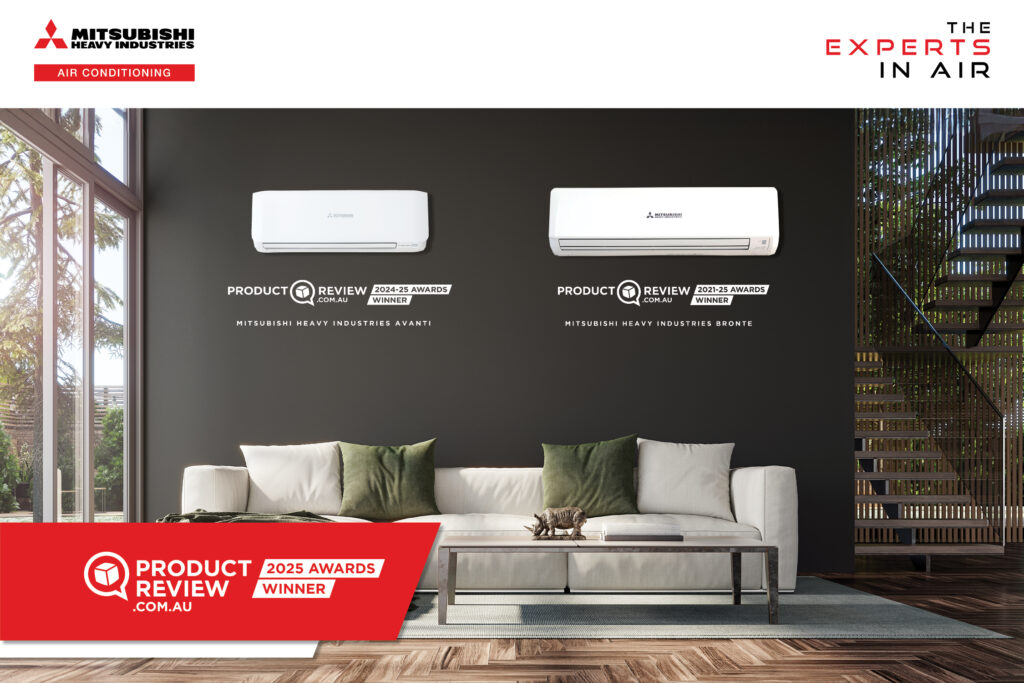Supply and demand

As Australia transitions away from high-GWP HFC refrigerants to more sustainable alternatives, industry coordination is vital. With this in mind, the Green Building Council of Australian (GBCA) and AIRAH – with support from key stakeholders in the built environment sector – have teamed up to develop a discussion paper that facilitates conversation between HVAC&R suppliers and end-users.
The paper was previewed in May, June and July, when the GBCA held its much anticipated Green Building Days across the country. The GBCA’s Emily Chung and I presented at the Melbourne event. Our plan for keeping the audience engaged and not losing them in the detail was talk less about refrigerants and more about systems and buildings.
Levers for change
As prominent businessman Charlie Munger once said: “Show me the incentive and I’ll show you the outcome.” Ratings systems like Green Star are designed to incentivise more sustainable practices in the building industry, and they have been very successful in doing so.
As buildings are electrified and gas-powered appliances are phased out, more equipment containing refrigerants is installed. As a result, direct refrigerant emissions become more conspicuous. The NSW Net Zero Commission’s 2024 Annual Report found that refrigerants were the second largest and fastest growing source of emissions in the built environment.
Against this backdrop, mandatory disclosure of sustainability and climate-related information began in January this year. Companies must report their greenhouse gas emissions, including Scope 1 (direct), Scope 2 (indirect from energy) and Scope 3 (indirect, up and down the value chain) emissions.
The GBCA recently consulted with industry on proposed changes to the Green Star Buildings rating system, including the introduction of a new credit for “future-ready refrigeration equipment” to complement the existing incentives. Although there is still the option of offsetting, it raises awareness about the impact of refrigerants.
The Australian Sustainable Finance Taxonomy – which defines what will be considered a “green” investment – has also weighed in on refrigerants, placing GWP limits on different classes of equipment.
Managing the transition
The other big issue today is the shifting refrigerant landscape. In previous transitions, for example from CFCs to HFCs, the path was relatively clear. At those times, AIRAH produced refrigerant selection guides that helped end-users choose the right options. Now the future is not so certain.
There is a strong movement from synthetics to naturals – Europe has charted a course away from fluorinated refrigerants. There are also concerns about the upstream and downstream environmental impacts of some HFOs.
Interestingly, although these issues have been exercising our industry for years, many building developers, owners and consultants are unaware of them.
The GBCA–AIRAH discussion paper describes the state of play and notes that a building lasts much longer than an HVAC system. Will a building accommodate central plant running on A3 refrigerant if it has to switch in 15 years?
Until now, it’s fair to say that suppliers have taken care of many of the complexities of refrigerant selection.
“Today, end-users need a better understanding of the equipment and refrigerants used in their buildings”
The discussion paper seeks to engage the demand side of the industry in this conversation and offers a risk-based framework to help them navigate the different options.
The language of refrigerants is complicated for the outsider. But perhaps the simplest starting point for building owners is a single question: in a world of changing refrigerants, will your building be future-proof?
Read the paper
To read the discussion paper, visit www.gbca.au
Latest edition
See everything from the latest edition of Ecolibrium, AIRAH’s official journal.




